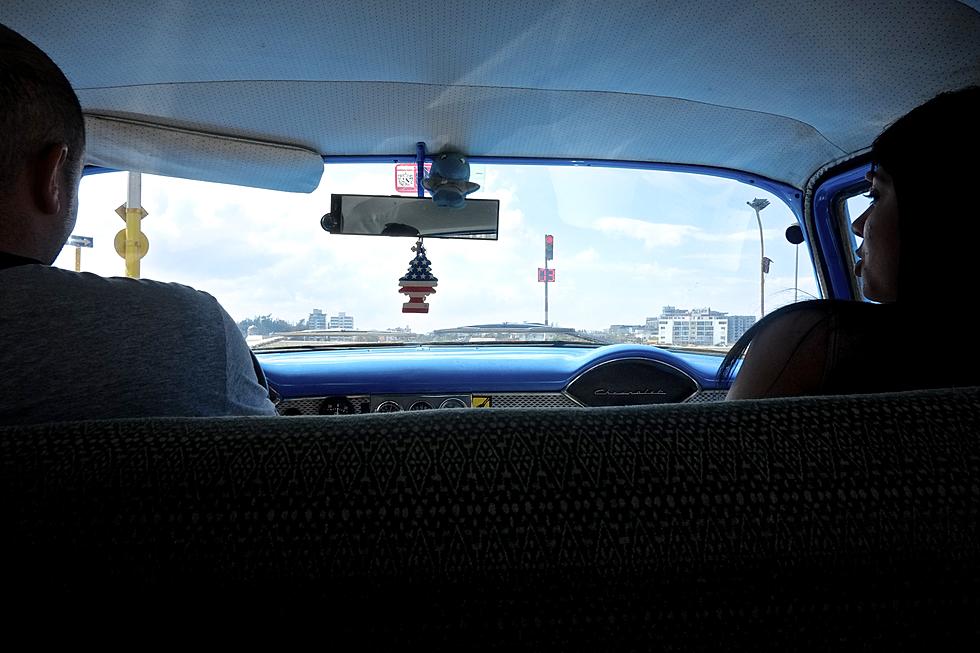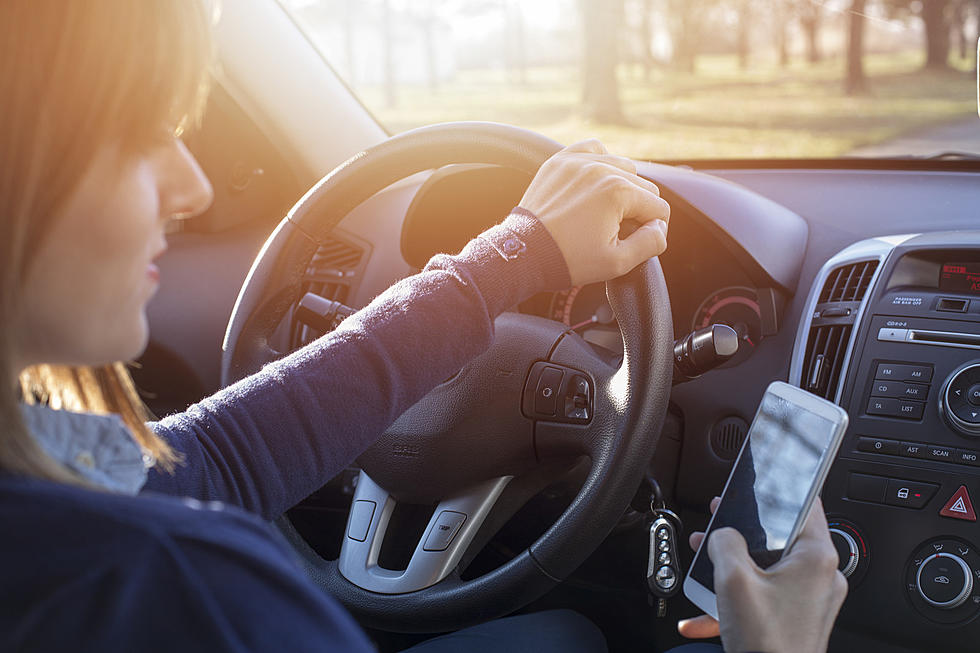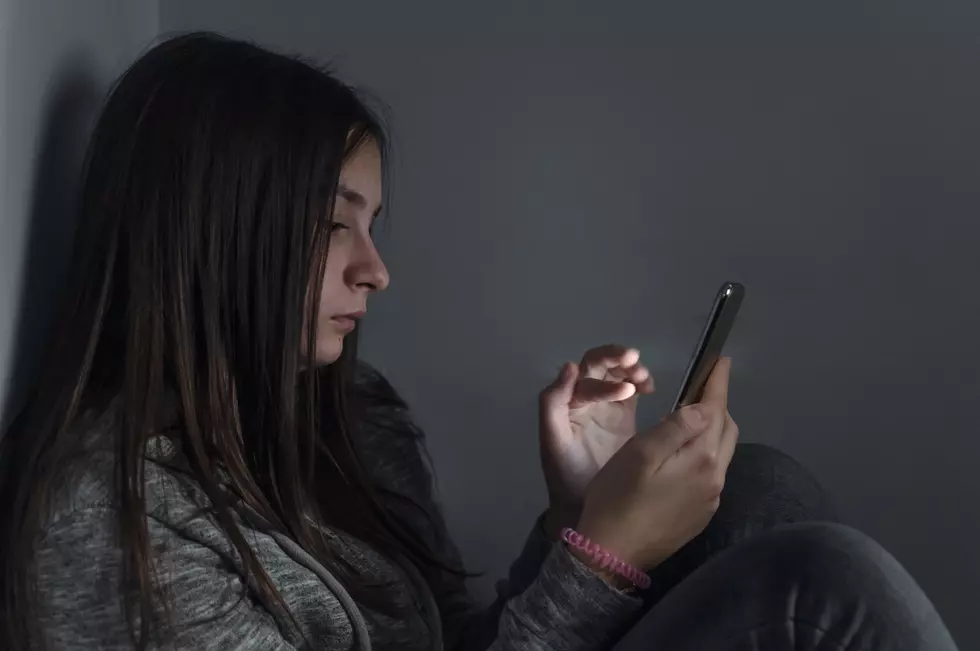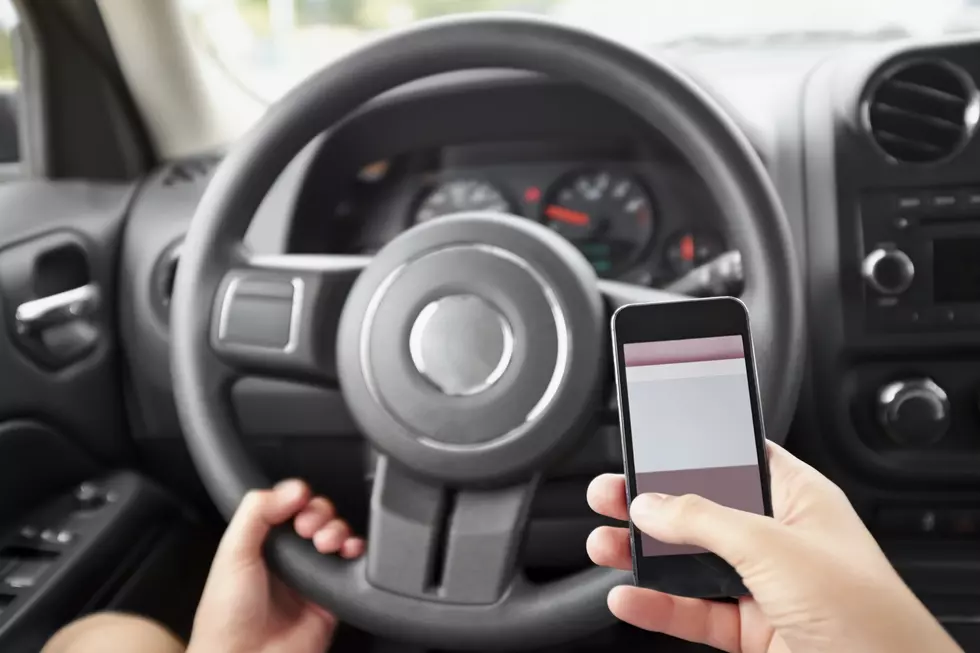
Minnesota Law Enforcement to Crack Down on Distracted Driving Starting April 19
Smartphones are amazing devices to keep us connected, entertain us, and so much more. As fantastic as these devices may be, they pose a serious threat to users and those around them every day. Over the last four years, the number of distracted driving-related deaths has grown exponentially, from 93 in 2008 to almost 800 in 2011.
This epidemic has grabbed the attention of many, sparking local campaigns and national efforts to bring an end to this problem. The latest effort from the State of Minnesota is a statewide crackdown on distracted driving, set to kick off Thursday, April 19. Law enforcement will be enforcing Minnesota law, which states:
In Minnesota, it is illegal for drivers to read, compose or send texts/emails, and access the Web on a wireless device while the vehicle is in motion or a part of traffic — even at a stoplight/stop sign, or stuck in traffic. It is also illegal for drivers under age 18 to use a cell phone at any time.
To kick off the statewide campaign, local law enforcement and other Twin Ports figures are holding an press event tomorrow (Wednesday, April 18) at 11am in the UMD Romano Gymnasium Lobby (located off of Ordean Court). The event will include Minnesota State Patrol Lieutenant Jason Hanson and UMD athletes Shelly Stemper (Senior Captain of the UMD Women’s Basketball team) and Jake Hottenstine (Junior Captain of the UMD Men’s Basketball team).
While the leading cause of distracted driving is related to cell phones and other electronics, other things like food and passengers also play a role. Minnesota Law Enforcement officials offer the following tips to help in cutting down on distractions while driving:
- Cell phones — turn off cell phones, or place them out of reach to avoid the urge to dial/answer or read or send a text. If a passenger is present, ask them to handle calls/texts.
- Music and other controls — pre-program favorite radio stations and arrange music in an easy-to-access spot. Adjust mirrors and AC/heat before traveling, or ask a passenger to assist.
- Navigation — designate a passenger to serve as a co-pilot to help with directions. If driving alone, map out destinations in advance, and pull over to study a map or program the GPS.
- Eating and drinking — try to avoid food/beverage(especially messy foods) and have drinks secured.
- Children — teach children the importance of good behavior in a vehicle; do not underestimate how distracting it can be to tend to children while driving.
- Passengers should speak up to stop drivers from distracted driving behavior.
- If making/receiving a call to/from someone driving, ask them to call back when they are not driving.
More From MIX 108









